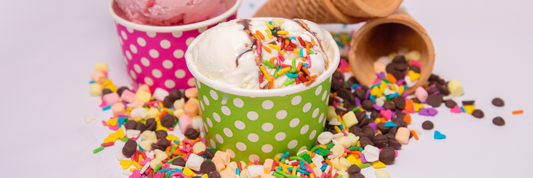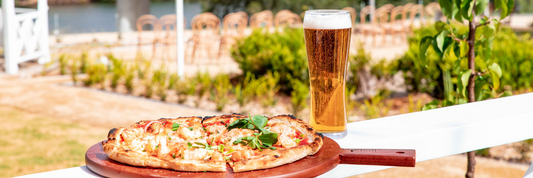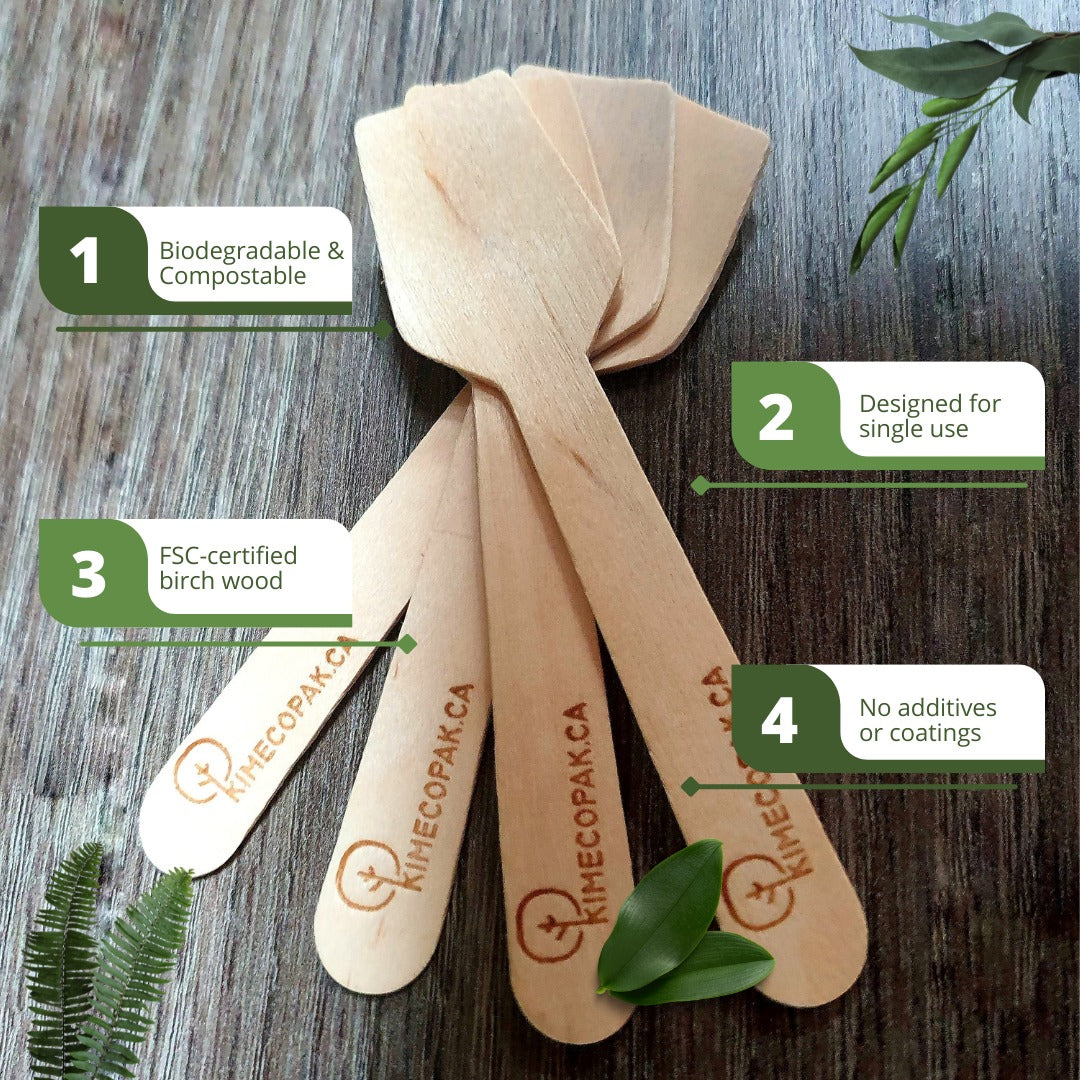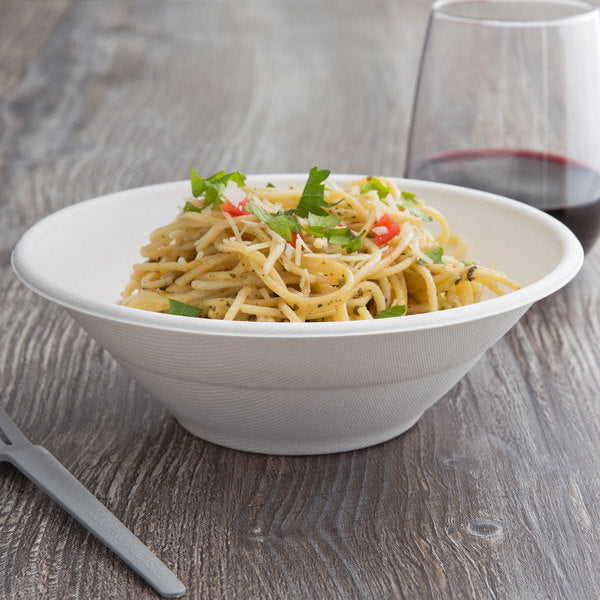Wine is one of the most cherished beverages in human history, celebrated for its complexity, versatility, and cultural significance. Whether you're a novice exploring the world of wine or someone looking to deepen your understanding, this guide will provide you with a comprehensive look at what wine is, how it's made, and why it matters in culinary and social traditions.
Styles of Wine – A Beginner-Friendly Guide to Explore Wine Varieties
What Exactly is Wine?
The Basic Definition: An Alcoholic Beverage from Fermented Grapes
Wine, at its core, is an alcoholic beverage created through the fermentation process of grapes. The primary ingredient in wine is the grape, specifically the Vitis vinifera species, which is renowned for its high sugar content and suitable acidity.
Fermentation occurs when yeast, a natural microorganism, consumes the sugars in grapes and converts them into alcohol and carbon dioxide. This process not only transforms the juice of the grapes into wine but also contributes unique flavors and aromas that define various wine types. It is this intricate yet natural process that allows wine to develop its character, ultimately providing a sensory experience that many enjoy.
A Brief History of Wine: Ancient Origins and Cultural Significance
The origins of wine production stretch back thousands of years, with evidence suggesting that its roots can be traced to the ancient civilizations of the Near East, particularly in areas that are now modern-day Georgia and Iran. Archaeological finds have uncovered grape seeds and residual traces of wine in pottery dated as far back as 6000 B.C.
Throughout history, wine has held a significant place in various cultures, often associated with religious rituals, social gatherings, and culinary traditions. In ancient Egypt, wine was revered, serving as a symbol of wealth and status. The Romans advanced wine production techniques and were pivotal in the spread of viticulture throughout Europe. Today, wine continues to weave through cultures, representing celebration, hospitality, and refinement.
A Step-by-Step Guide to the Art of Winemaking

The Journey from Grape to Glass: How Wine is Made
The Star Ingredient: Selecting and Harvesting Grapes
The journey of wine begins with the grapes. The quality and variety of grapes are pivotal in determining the end product. Factors such as climate, soil, and vineyard management all play essential roles in cultivating high-quality grapes.
Typically, grapes are hand-picked when they reach optimal ripeness, though mechanized harvesting is common in larger wine-production regions. This stage is crucial as it sets the foundation for the flavors and characteristics that will later develop in the wine.
The Magic of Fermentation: Turning Sugar into Alcohol
Once harvested, grapes are crushed to release their juice, which contains the sugars vital for fermentation. Yeast is then introduced, either naturally present on the grape skins or added directly. This yeast consumes the sugars and transforms them into alcohol and carbon dioxide, a process that can take several days to weeks, depending on the type of wine being produced.
During fermentation, grape juice undergoes significant changes in its composition, flavor, and aroma. The production of byproducts, such as carbon dioxide, can also create conditions that influence the wine's texture and mouthfeel.
Beyond Fermentation: Aging and Finishing
After fermentation, wine may undergo an aging process to enhance its complexity and character. Aging can occur in various vessels, including stainless steel tanks, concrete, or oak barrels. Each of these options imparts distinct qualities to the wine, particularly in flavor and aroma. For example, oak barrels can contribute notes of vanilla, spice, and toasted flavors, while stainless steel tends to preserve the freshness and fruitiness of the wine.
During the aging process, additional steps such as filtering and bottling are also crucial. Filtering helps clarify the wine, removing any sediment and ensuring a clean appearance. Once prepared, the wine is bottled, sealed, and is often allowed to rest in the bottle before being released for consumption.
The world of wine is as rich and varied as the beverages themselves, with each bottle telling a story shaped by its environment, the care taken in its production, and the people who enjoy it. Understanding wine goes beyond knowing its ingredients; it encompasses appreciation for the craft, the heritage, and the shared moments it creates.
Decoding the Characteristics: What Defines Wine?

Color Matters: Exploring Red, White, and Rosé Wines
The color of wine plays a crucial role in defining its characteristics, this is primarily a of the production methods used.
- Red Wine: Made from dark-colored grape varieties, red wine owes its hue to the fermentation process in which the skins remain in contact with the juice. This contact extracts color as well as tannins, contributing to the wine's structure. Common varieties include Cabernet Sauvignon and Merlot. Red wines are typically characterized by their fuller body, richer flavors, and complexities, often featuring notes of dark fruits, spices, and even earthy undertones.
- White Wine: Produced mainly from green or yellow grapes, white wines usually involve the removal of grape skins before fermentation, resulting in a lighter color. Varieties such as Chardonnay and Sauvignon Blanc fall into this category. White wines tend to offer crisper, cleaner flavors and may range from fruity notes like apple and citrus to floral and herbal accents.
- Rosé Wine: Often misunderstood as a blend of red and white, rosé is actually made from red grapes, but the skins are removed early in the fermentation process. This results in a wine that retains some of the fruity essence of red wine while showcasing the refreshing qualities of white. The general characteristics of rosé can include bright berry flavors along with a light, crisp finish.

Sweetness Spectrum: From Dry to Dessert Wines
The level of sweetness in wine is dictated mostly by the amount of residual sugar that remains after fermentation. This sweetness can greatly influence the overall tasting experience.
- Dry Wines: Contains very little to no residual sugar. When tasting a dry wine, you will notice its clean finish, which allows for complex flavors to shine without competing sweetness.
- Off-Dry Wines: Slightly sweeter than dry wines, off-dry wines can offer pleasant fruitiness while maintaining a balanced taste profile. A classic example of an off-dry wine is a Riesling.
- Semi-Sweet Wines: These wines deliver a definitive sweetness while still being capable of showcasing their acidity and complex flavor profiles. Examples include some styles of Gewürztraminer.
- Sweet Wines: Often crafted specifically for dessert pairings, sweet wines contain higher levels of residual sugar, making them rich and luscious. Dessert wines like Sauternes are renowned for their intense sweetness and notes of honey and dried fruits.
The Importance of Grape Varieties
Grape varieties are the backbone of any wine's identity. Each grape type brings its own unique attributes to the wine, influencing not only the taste and aroma but also the mouthfeel and color.
- Chardonnay: Known for its versatility, Chardonnay can express flavors ranging from crisp apple to tropical fruit, depending on the climate and fermentation methods used.
- Cabernet Sauvignon: Often associated with bold flavors and high tannins, Cabernet Sauvignon portrays notes of dark fruit, cedar, and sometimes green bell pepper.
- Merlot: Generally softer than Cabernet Sauvignon, Merlot tends to present plummy and blackberry flavors with a velvety texture.
- Pinot Noir: A more delicate grape, Pinot Noir can offer an array of flavors from vibrant red fruits to earthy and floral notes, often depending on the region it is grown.
Unraveling the "Bouquet": Aromas and Flavors
The concept of a wine's aroma profile is essential in understanding its character and quality. The bouquet refers to the complex aromas developed during the process of fermentation and aging.
Common descriptor categories include:
- Fruity: Aromas may range from fresh berries to overripe seasonal fruits.
- Floral: Notes might include rose, violet, or jasmine, adding elegance to the wine.
- Earthy: A deeper note that can evoke the essence of soil, mushrooms, or even minerals, contributing depth to the aroma profile.
How Wine is Made – A Step-by-Step Guide to the Art of Winemaking
The Unique Identity of Wine: Terroir and Appellations

The Concept of Terroir: More Than Just Grapes
Terroir is a French term that embodies the complete natural environment of a vineyard, affecting the grapes’ growth and ultimately the wine's flavor.
Factors influencing terroir include:
- Soil: Different soil types can impart various minerals to grapes, affecting flavor.
- Climate: The amount of sunlight, temperature, and rainfall can result in variations in grape ripeness and development.
- Topography: The elevation and slope of the vineyard can influence drainage and temperature variations, affecting grape quality.
Appellations: Defining Wine Regions and Standards
Appellations are legal designations that regulate where and how grapes are grown and wine is produced. These classifications help consumers identify the origin and quality of the wine they are purchasing.
- Certain appellations are known for specific grape varieties and production methods, thereby ensuring that wines produced under these labels meet stringent quality standards. For example, wines labeled "Bordeaux" are expected to adhere to specific grape compositions and vinification practices, encapsulating the essence of that celebrated region.
Guide to Classifications and Popular Types of Wine

Beyond the Basics: Exploring Different Types of Wine
Wine is more than just a drink; it's an experience that reflects culture, tradition, and personal preference. While most people are familiar with red and white wines, there's a whole world of varieties out there to explore.
Sparkling Wines: The Effervescent Delight
Sparkling wines, characterized by their bubbles, are often associated with celebrations and special occasions. Two of the most well-known sparkling wines are Champagne and Prosecco.
- Champagne: This renowned French sparkling wine is produced in the Champagne region using a method known as “Méthode Champenoise.” Here, a secondary fermentation takes place in the bottle, creating carbon dioxide that forms those delightful bubbles.
- Prosecco: On the other hand, Prosecco is an Italian sparkling wine that typically employs the Charmat method, where the secondary fermentation occurs in large tanks rather than individual bottles. This process makes it lighter and fruitier in taste.
The delightful effervescence of these wines contributes to the overall sensory experience, making them a favorite for toasting at events and gatherings.
Fortified Wines: Adding a Kick
Fortified wines stand out for their unique process where distilled spirits are added to the base wine. This boosts the alcohol content and enhances the wine's flavor profile.
- Port: Originating from Portugal, Port wine is often sweet and rich, typically enjoyed as a dessert wine. Its sweetness is balanced by the high alcohol content, making it a popular choice to pair with cheese or chocolate.
- Sherry: Another excellent example is Sherry, which comes from Spain. This versatile wine can range from dry to sweet, and its complexity allows it to pair well with a wide variety of foods, from olives to richer dishes.
These wines add layers of flavors that can be both surprising and delightful, making them an opportune choice for adventurous palates.
Fruit Wines: When Grapes Aren't the Star
While grape wines dominate the landscape, fruit wines offer a refreshing alternative that showcases a variety of flavors made from other fruits.
- Apple Wine: This is a prime example, where apple juice is fermented to create a beverage that highlights the crisp freshness of apples. It's particularly popular in regions known for apple orchards.
- Berry Wines: Wines made from strawberries, blueberries, or blackberries can also be found, each bringing their unique sweetness and acidity to the mixed drink experience.
These fruit wines can be a delightful, less traditional option for those looking to explore something different.
Wine Regions - Exploring the World's Most Famous Wine-Producing Regions
Tasting and Appreciating Wine: A Sensory Experience
Tasting wine is not just about consumption; it’s an art form that involves all five senses. Understanding how to appreciate wine can elevate your experience.

The Art of Wine Tasting: A Step-by-Step Guide
Wine tasting can be broken down into several key steps:
- Observation: Begin by holding the wine glass against a white background to assess the color and clarity. A deeper color often indicates a fuller-bodied wine.
- Swirling: Gently swirl the wine in the glass. This elevates the aromas, allowing you to examine the wine's characteristics more closely.
- Smelling: Take a deep breath in to identify the various aromas present. You might detect notes of fruit, oak, or even spices.
- Tasting: Finally, take a sip, letting the wine coat your palate. Take note of the texture, flavor intensity, and finish. Is it dry or sweet? What flavors are prevalent?
This process greatly enhances your understanding and enjoyment of different wines.
Understanding Wine Pairing: Matching Flavors
Pairing wine with food can create a harmonious dining experience. There are basic guidelines to consider:
- Red with Red Meat: The tannins in red wine complement the proteins and fats in red meats beautifully.
- White with Seafood: Crisp white wines usually enhance the delicate flavors of fish and shellfish.
- Sweet with Spicy: A sweeter wine can balance spicy dishes, making each bite and sip more enjoyable.
Experimenting with various pairings can lead to delightful discoveries and an enhanced appreciation of both food and wine.
Conclusion
Understanding what wine is goes far beyond just knowing its types. It encompasses an appreciation for the craft, the nuances of flavor, and the joy of pairing it with food. Each glass tells a story, reflecting its origin, the grape variety used, and the methods of production.
Encouraging further exploration within the diverse world of wine can lead out of your comfort zone, resulting in delightful surprises and newfound favorites.
FAQ
Q1: What is the main difference between red and white wine?
A: The primary difference lies in whether the grape skins are included during the fermentation process. Red wine is fermented with the skins, which impart color and tannins, while white wine is typically made from pressed juice without the skins.
Q2: Does all wine improve with age?
A: No, most wines are meant to be consumed within a few years of their vintage. Only certain wines with high levels of tannins and acidity have the potential to improve with long-term aging.
Q3: What does "dry" wine mean?
A: A dry wine is one that has very little residual sugar left after fermentation. This means that most of the grape's sugars have been converted into alcohol.
Q4: How should I store wine at home?
A: Ideally, wine should be stored in a cool, dark place with consistent temperature and humidity. Avoid significant temperature fluctuations and direct sunlight. Bottles with corks should be stored on their side to keep the cork moist.







